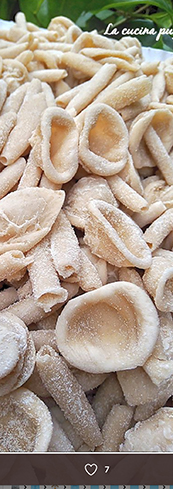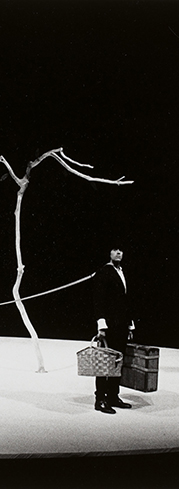
I tried my best not to stain the pages of Patricia Rubin’s ‘Che è di questo culazzino!’: Michelangelo and the Motif of the Male Buttocks in Italian Renaissance Art, an essay I had just downloaded from the Oxford Art Journal via Jstor. I was both riveted and hungry. I had rushed to the kitchen to make a quick black bean quesadilla while I digested the rest of this fascinating article.
What’s wrong with a sour cream blemish or a Cholula sauce spill? Cookbooks often withstand coffee stains, pencil marks, grease smudges. Why should an art history treatise be treated differently? Aren’t a fresco and a feast creative concoctions? When do you control overflow?
So called self-help gurus recommend changing the way you do things to obtain new perspectives and avoid repetition. Butter for instance. You usually cut it with a knife. Try scissors. It’s possible and still efficient. Routine kills the artist—and the chef. Michelangelo popularized something in painting that his predecessors did timidly: to show people from the back. To place an ass right on viewer’s face. He probably arrived at that through sculpture, since front, back, and sides are all important. He pushed torsion to its limit to show every facet of the body. For this, some consider him a proto cubist. His Battle of Cascina, a fresco he never completed, started the trend for such anatomical novelty.
—New York City, 4/13/2021









